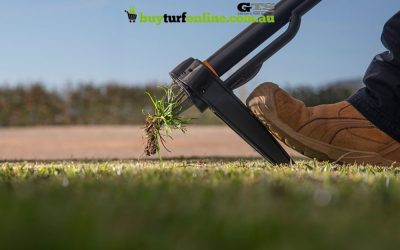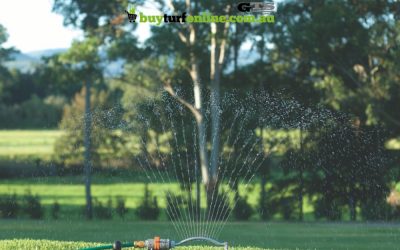6 Effective Nutgrass Killers
Quick Links
Nutgrass Killer
Do you know what’s considered the worst weed in the world? It is nutgrass.
Nutgrass grows not just in Australia but also in more than 90 countries. It is a noxious weed that aggressively grows in flower and vegetable gardens, lawns, landscapes, footpaths and parks.
Also known as coco grass, java grass, ground almond and nut sedge, nutgrass can grow almost anywhere which makes them hard to deal with.
Nothing can seem to stop them from growing. It’s important to note that nutgrass is often confused with Mullumbimby Couch because of their similarity in appearance.
However, nutgrass has narrower leaves and flower spikelets while the Mullumbimby Couch has a single rounded seed head with three curved leaves protruding from its base.
Nutgrass and Mullumbimby couch weeds are both difficult to control; fortunately, the methods of managing them are almost the same.
What Is Nutgrass?
Nutgrass belongs to the sedge family and is one of the most common perennial weeds that are widely naturalised in many parts of the country.
While nut grass plants have tiny seeds, more often, they don’t produce viable seeds so they mostly reproduce and disperse with their tubers.
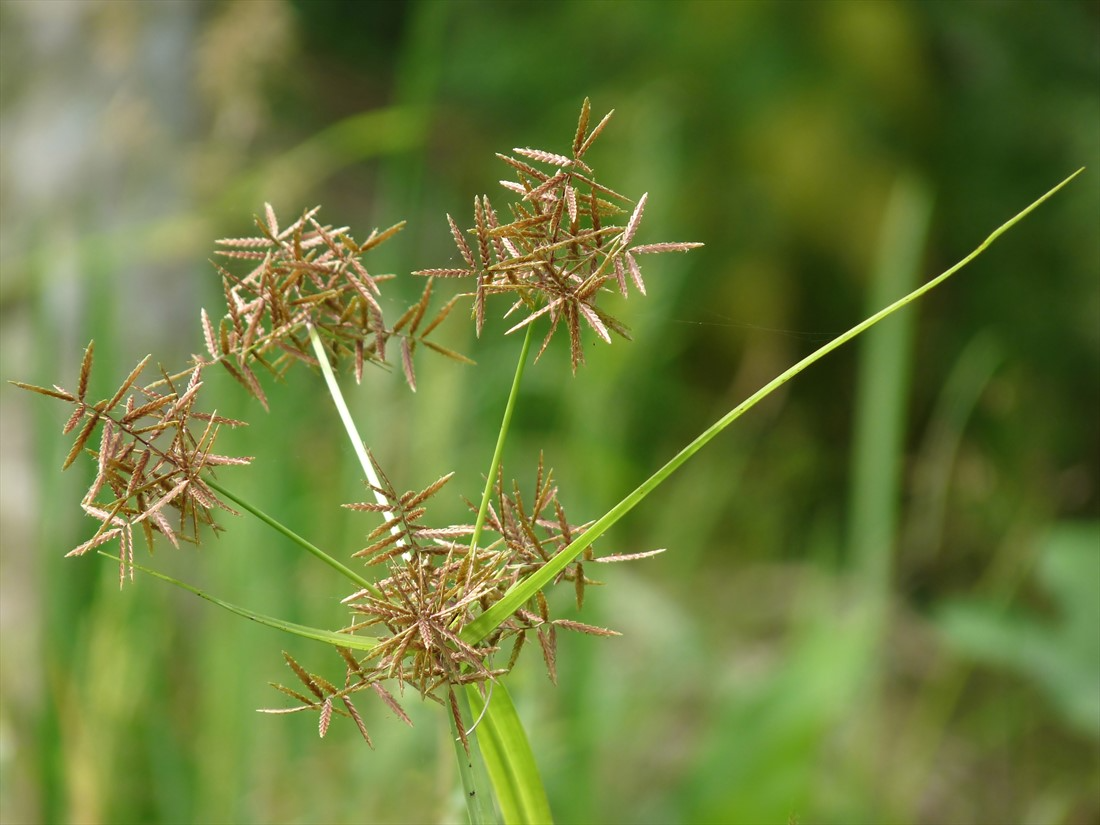
You can easily recognise this weed with its lighter green and very narrow leaf that is triangular in shape.
Mature nut grass plants also have elongated flower spikelets with purplish-brown or reddish-brown colour. It is called by its name because of its nut-like tubers.
When you see native birds digging into your yard, it’s a good idea to check if there are nutgrass rhizomes and tubers underneath.
Known as a persistent weed, nutgrass can grow even after its nut-like tubers lay dormant underground for up to ten years.
It can persist if not properly and adequately controlled. We listed some of the most effective ways to remove nutgrass plants on your property:
5 Ways To Get Rid Of Nut Grass Plants
1. Hand weeding
One of the most effective ways to stop nutgrass from spreading is to target small plants before they grow taller. When they mature, this weed develops an extensive network of rhizomes and tubers under the ground that make them difficult to manage.
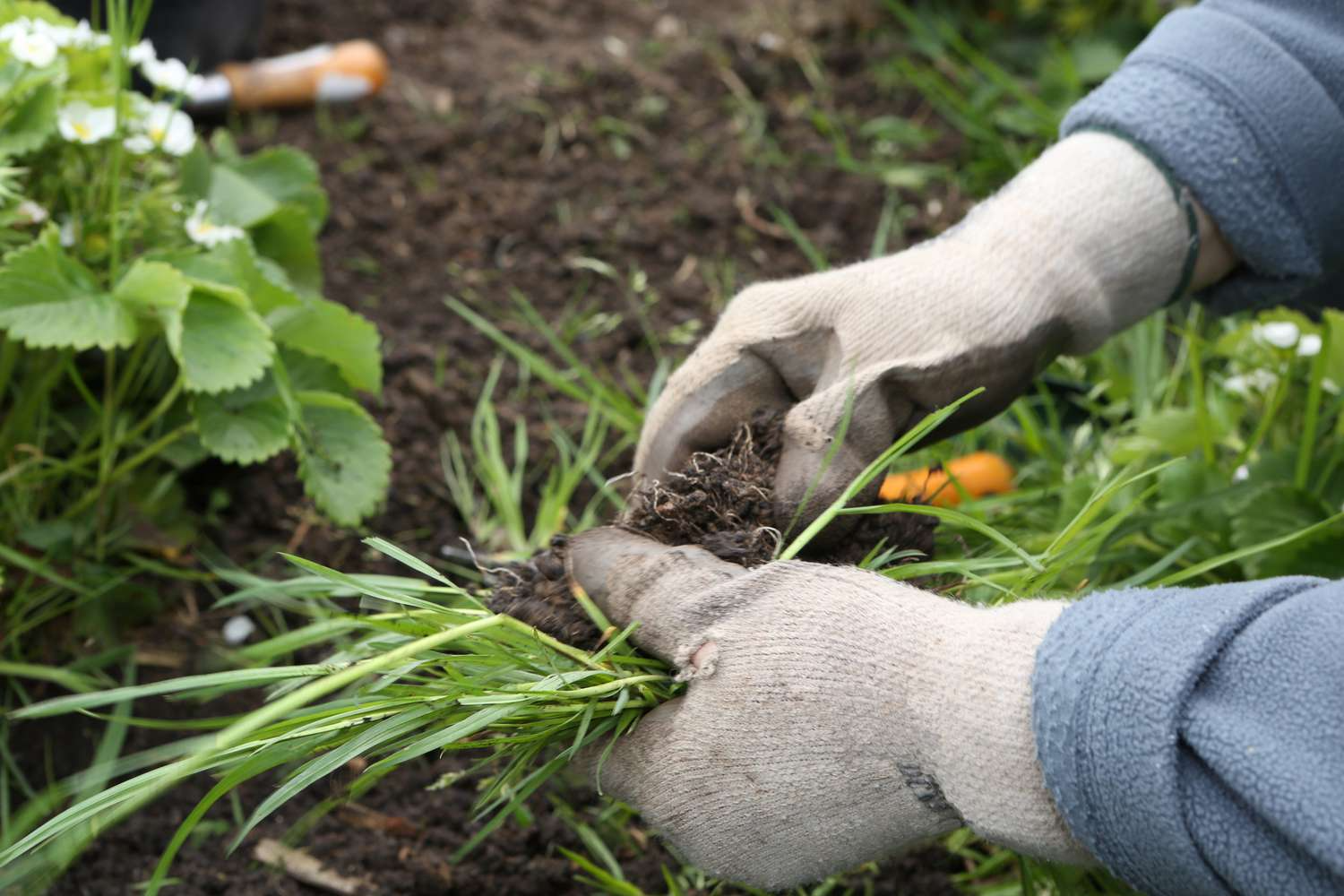
If you come across a nut grass plant in your lawn or new garden beds, you can quickly remove it by hand. We recommend using a small spade to dig the soil and remove the nut grass rhizomes and bulbs.
If you let the underground rhizomes and bulbs stay, you will soon have to deal with nut grass spreading and popping up in your yard, and this could happen pretty fast.
2. Adding Shade
Another effective way of managing nut grass is to keep the affected area shaded.
Nutgrass loves full sunlight. If you could add fast-growing bushes and other plants that could block sunlight from reaching the ground, that could help tackle nut grass.
Alternatively, you may also install a sunshade or garden shade to provide temporary shade just to inhibit nutgrass.
3. Adding Mulch
Not all types of mulch are effective for nut grass control. Most of the mulch commonly used for weed control in lawns and garden beds can’t prevent nut grass from spreading.
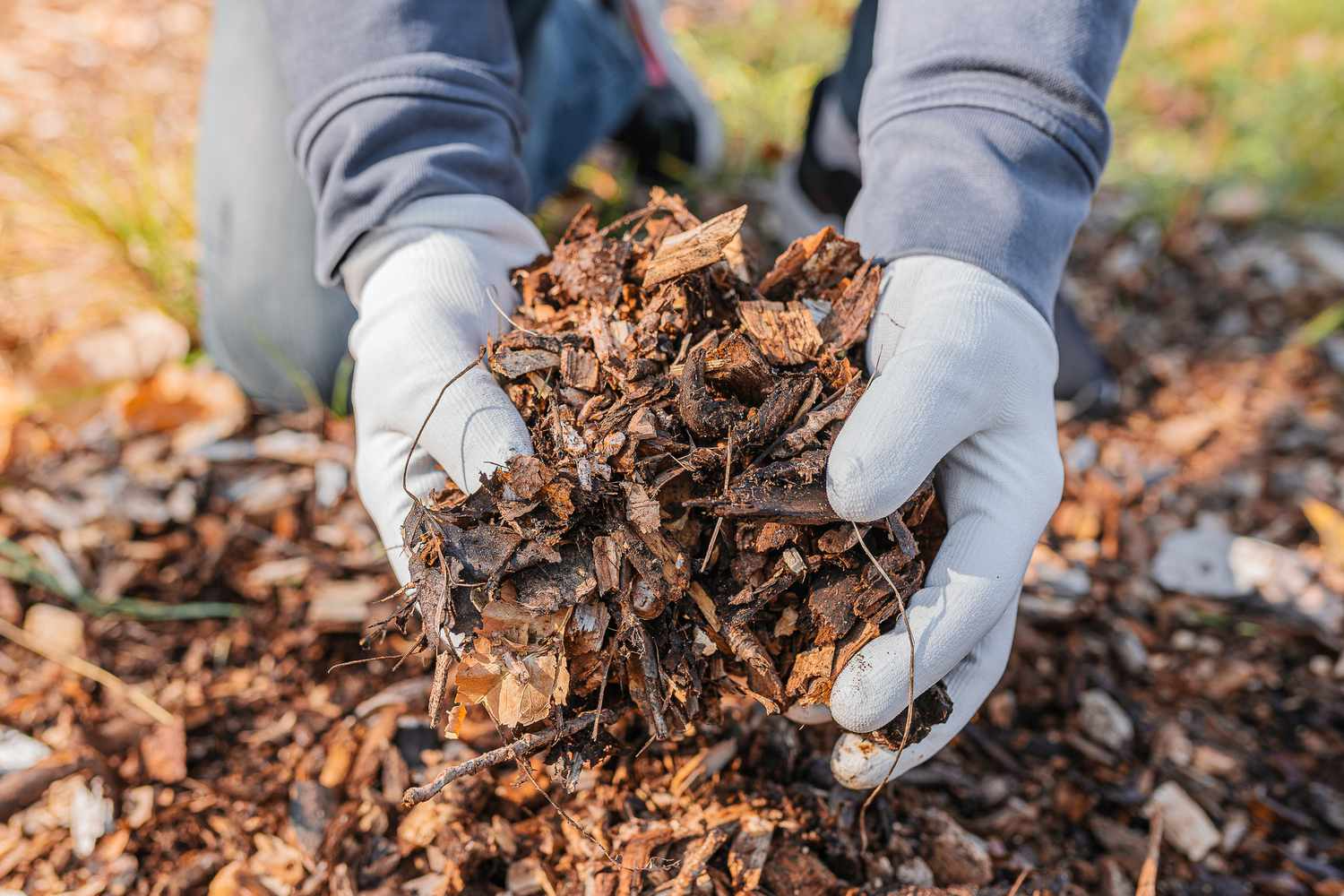
The most effective mulch for nutgrass is a weed cloth or a weed mat. You may be able to find it in your local garden centre. This type of mat is porous to air and water and it suppresses the growth of any weed.
4. Create Proper Drainage System
When your lawn or garden has poor drainage, nut grass thrives.
You can eliminate wet spots and ensure proper drainage with these simple tips:
- Check for sunken areas or low spots in your yard that hold water as it will stimulate nut grass growth. You can mound organic materials such as compost heap or rotted manure to level the ground.
- Aerate your soil regularly. Poorly drained soils could greatly benefit from regular aeration. Gently loosen the soil using a garden fork or an aerator. This will then allow water and air to circulate freely.
- Check with your lawn care provider for the best way to keep your lawn well-drained.
5. Sugar
Many homeowners use sugar as a DIY nutgrass killer. Sugar does not directly kill nutgrass, but it encourages grassroots to absorb more nitrogen from the soil.
This in turn deprives weeds of nitrogen which they also need to survive. You could sprinkle any granulated or powdered sugar over your lawn. You may also create a molasses spray as an alternative.
6. Selective Herbicide
If your lawn is infested with nut grass plants, you may consider using a selective herbicide with an active ingredient called halosulfuron-methyl as this chemical is safer for your lawn.
This chemical can travel to the underground stems and other growing points including weed tubers and rhizomes. Your garden centre may be able to recommend the best selective herbicide to use.
Without regular lawn monitoring, nut grass and other weeds can easily take over your yard. You can remove nutgrass by trying the different methods we listed.
If they become difficult to manage, you can always seek help from your lawn care provider.
read more!
recent posts
Poolside Turf: Choosing and Maintaining Grass Around Pools
There’s nothing quite like stepping out of a swimming pool onto soft, lush grass. But when it comes to finding the best grass for around a pool, not all lawns are created equal. Chlorine pools, heavy foot traffic, and the unforgiving Australian sun can take a toll on...
Keeping Your Lawn Green and Healthy During the Summer Heat
Discover the best grass options for your lawn with our complete guide. Make informed choices for a lush, healthy yard. Read more to find your ideal grass!
Summer Lawn Weeds: Prevention and Management
Discover the best grass options for your lawn with our complete guide. Make informed choices for a lush, healthy yard. Read more to find your ideal grass!
The Ultimate Watering Guide for Summer Lawns
Discover the best grass options for your lawn with our complete guide. Make informed choices for a lush, healthy yard. Read more to find your ideal grass!

Our Turf
TifTuf Bermuda
Buy Turf Online © 2019 All Rights Reserved. | Proudly Designed and Developed by Sydney ICT



